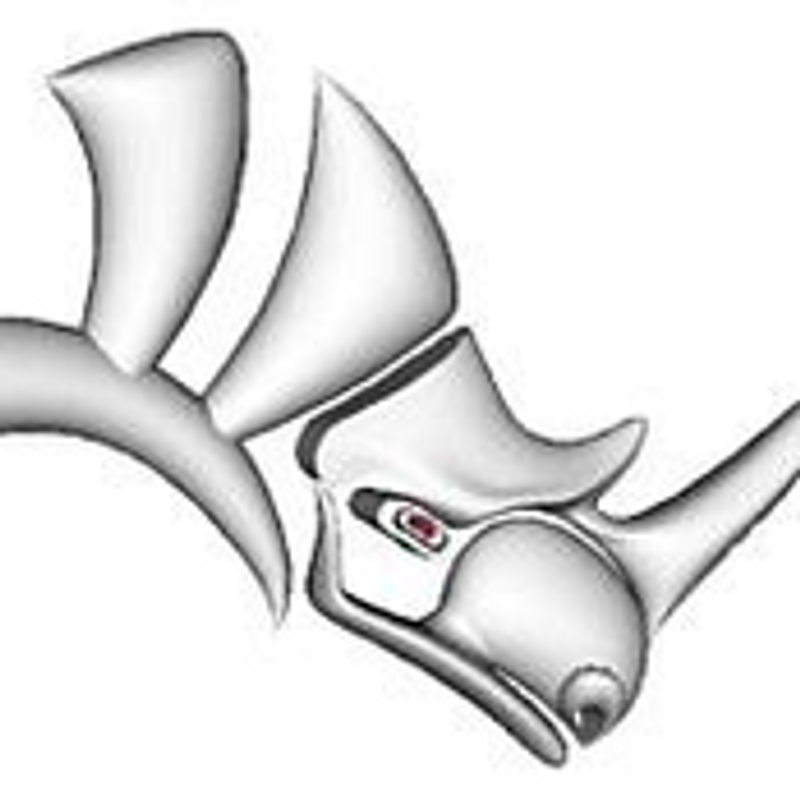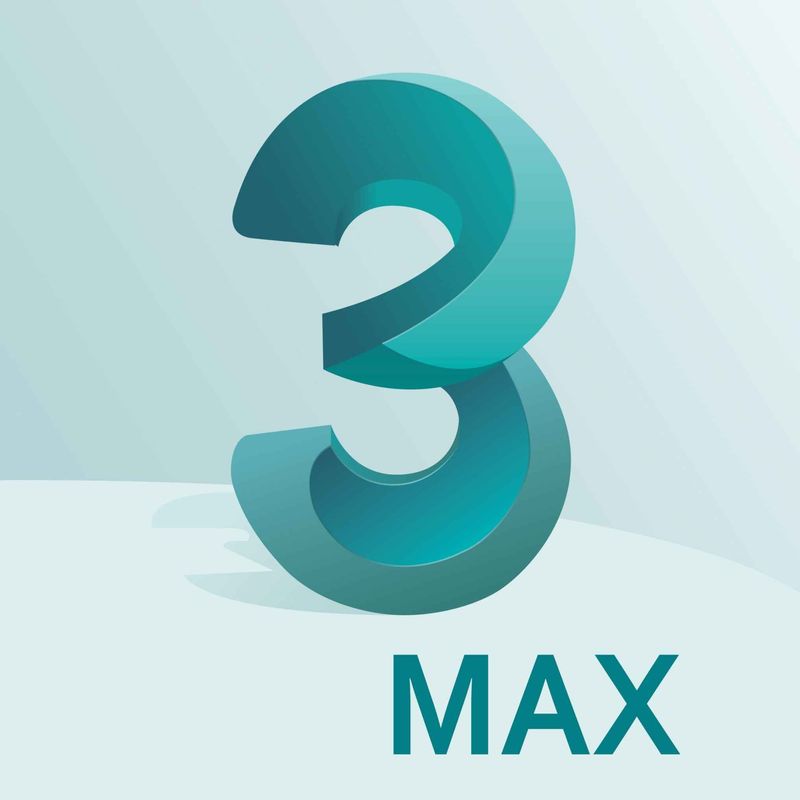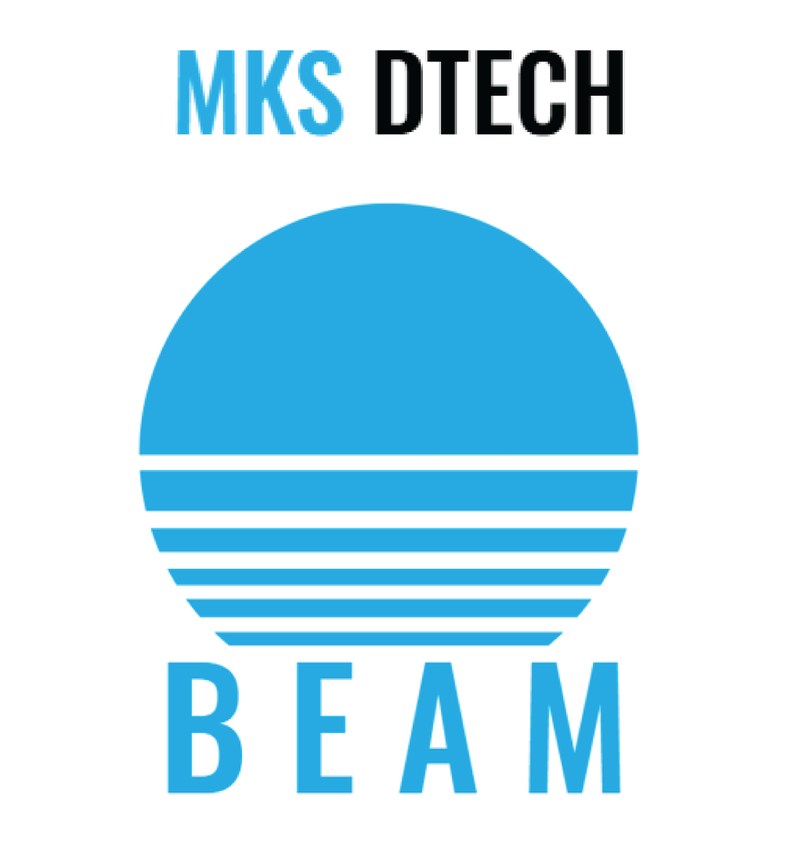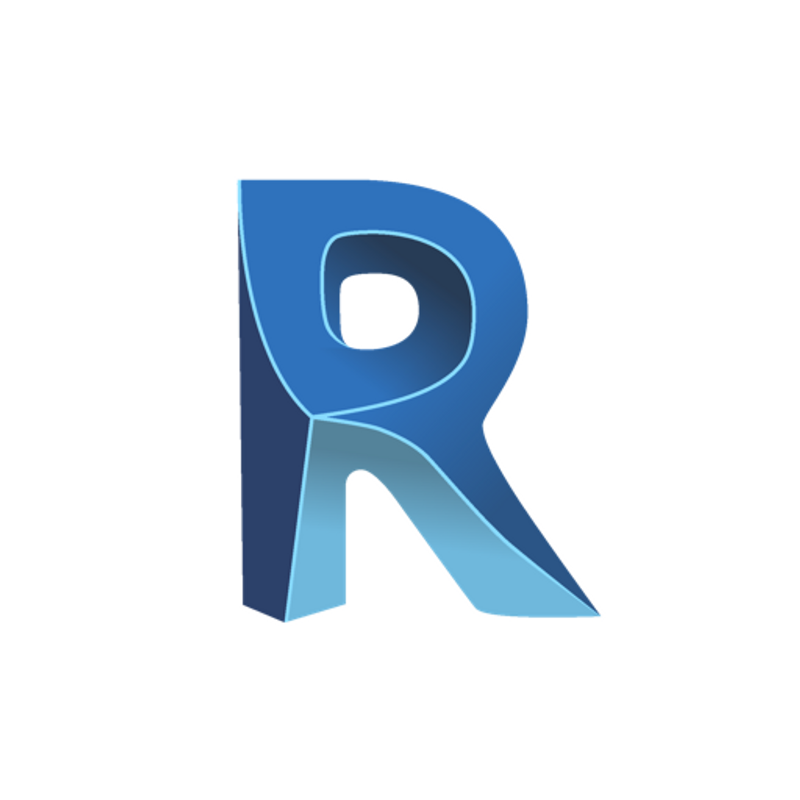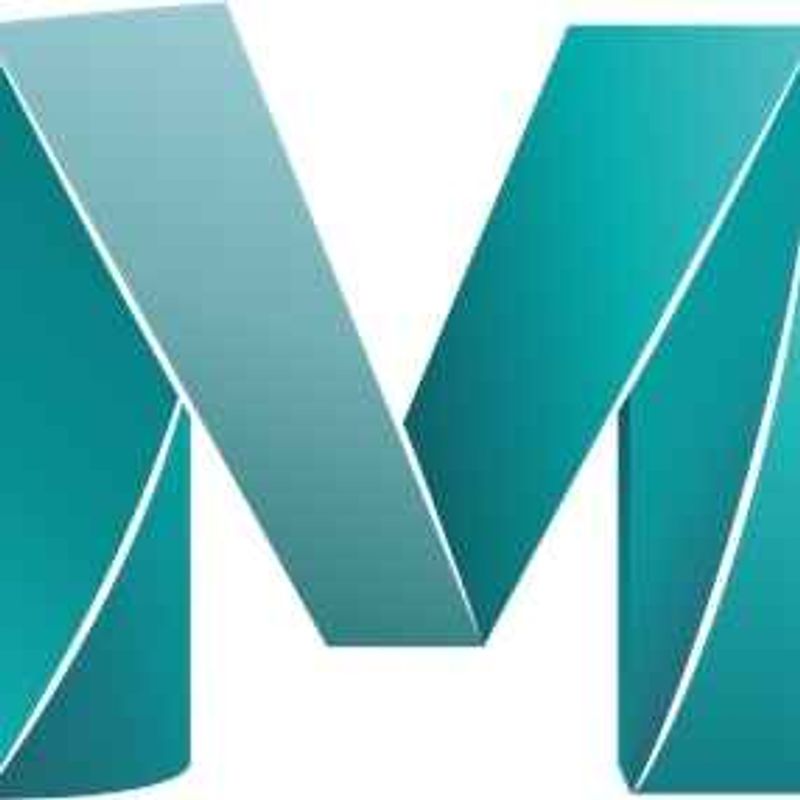Desert Pavilion
MEAN Designed a 3D printed pavilion for welcoming visitors into the desert of Wadi Rum, south of Jordan. The space serves as an oasis of rest and communal gathering. Drawn to its otherworldly beauty, The desert of Wadi Rum in the south of Jordan attracts visitors from all over the globe. The topography of Wadi Rum closely resembles that of Mars. This serene desert landscape had been a stage for many space-age movies such as ‘The Martian (2015)’, ‘Rogue One: A Star Wars Story (2016)’ and ‘The Last Days on Mars.’ Considering the lightweight geodesic dome system of ‘Mars Camp’ located on a plot near the site, the design team envisioned a novel system of 3D printed panels deployed onto a CNC bent steel pipe system. By grounding the tent form as a ‘diagram of forces’ emitting various ‘charges’ that correspond to seating areas, we looked at the phenomena of magnetic fields to unify those charges. We used the patterns emerging from the interaction of one space to another to develop the floor plan of the pavilion. The physical phenomena of the magnetic force patterns between several nodes represent an opportunity for an exciting planning strategy. To quantify this phenomenon into a digital algorithm simulating those patterns, the team wrote a script that adopts the ‘RK4 Method’, developed by the German mathematicians C. Runge and M.W. Kutta around 1900. The ‘flowlines’ from the magnetic field simulation projecting onto a digitally simulated optimized mesh generated via a script approximating catenary curves. The script generates vector fields resembling magnetic forces manipulated to subdivide the structure's outer shell into panels within the printing range of a 6-axis industrial robot. A stepping topography of a 3D printed concrete platform creates a transition from the sandy site to the interior. The mesh is anchored towards the periphery of the stepped platform, creating welcoming archways for entries. The Desert Pavilion is the outcome of combining ideas from the site with current building technologies. The structure's design forms a space of shade from the heat of the desert during the day, and a place of celebration, storytelling and rest, at night. It serves as a welcoming, hospitable shelter for today and a case study for inhabiting the arid landscapes of Mars in the future.
Gallery
Explore Tools Used
Discover which tools and technologies were used for "Desert Pavilion".
Keyshot

